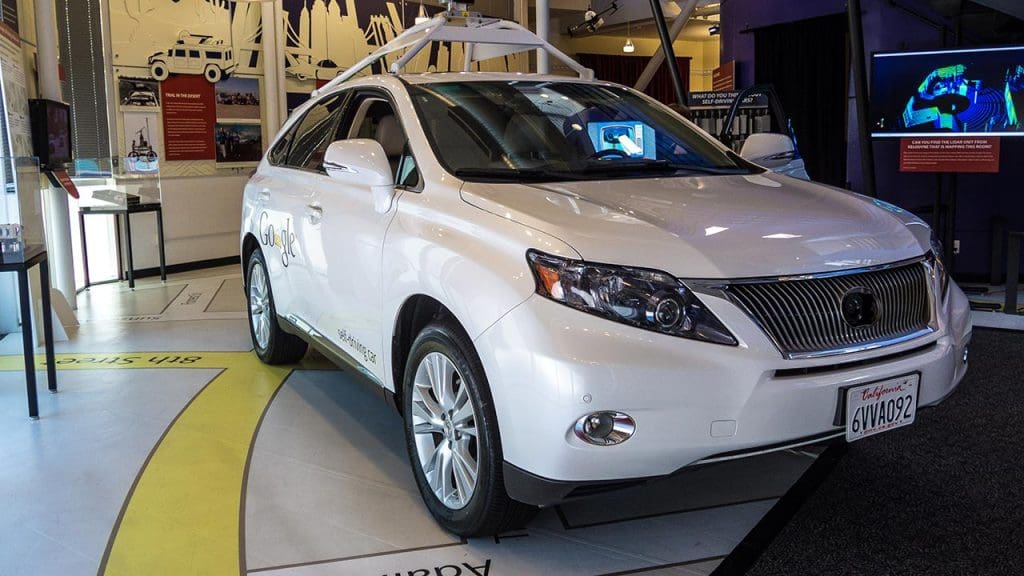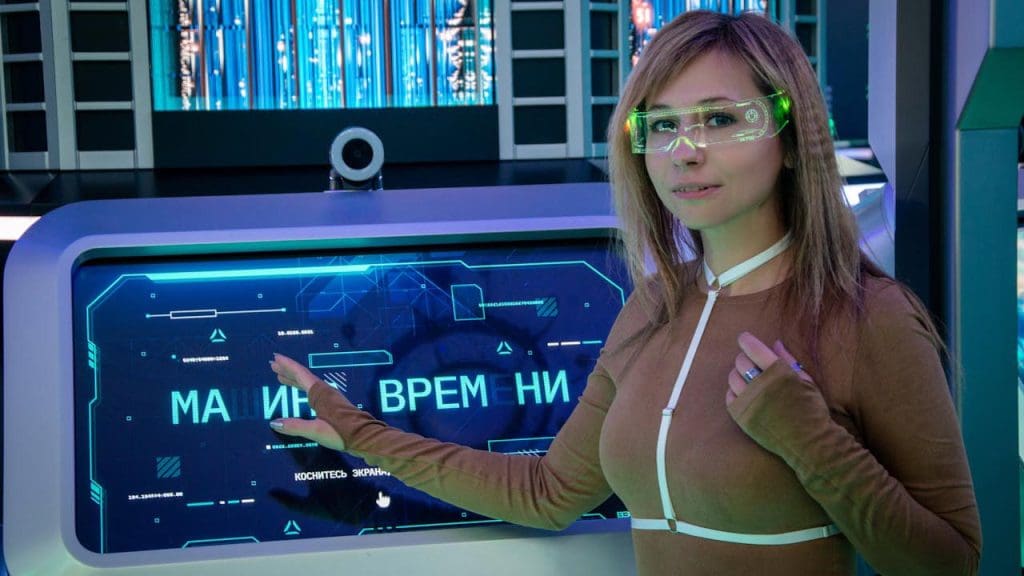
As technology advances at lightning speed, many innovations once confined to the realm of science fiction are now part of our everyday lives. From computing breakthroughs to medical marvels, these techs are shaping the future. Here’s a look at eight futuristic technologies that already exist and are transforming the world as we know it.
Quantum Computing

Quantum computing represents a leap beyond traditional binary computing. Utilizing the principles of quantum mechanics, these computers perform calculations at speeds previously thought impossible. Companies like IBM and Google are leading the charge, with quantum computers that can tackle complex problems in seconds. This technology holds promise for advancements in fields ranging from cryptography to drug discovery.
Augmented Reality

Augmented Reality (AR) blends the digital and physical worlds, enhancing the way we interact with our surroundings. From gaming to real estate, AR applications are expanding rapidly. Smartphones and wearable devices are becoming increasingly equipped with AR capabilities, providing users with interactive and immersive experiences. Companies like Microsoft and Apple are continually pushing the boundaries of AR technology.
Self-Healing Materials

Imagine materials that can repair themselves after damage. Self-healing materials, once a futuristic dream, are now a reality. These materials, used in applications ranging from electronics to construction, can autonomously heal cracks or breaks. Research continues to expand their potential uses, offering durability and longevity in various industries.
Brain-Computer Interfaces

Brain-computer interfaces (BCIs) enable direct communication between the brain and external devices. This technology is transforming fields like healthcare, allowing individuals with disabilities to control prosthetic limbs or communicate via computers. Companies such as Neuralink are pioneering this field, exploring ways to enhance human capabilities through seamless integration with technology.
Autonomous Vehicles

Autonomous vehicles are revolutionizing transportation. With companies like Tesla and Waymo at the forefront, self-driving cars are quickly becoming a reality. These vehicles use advanced sensors, machine learning, and AI to navigate roads without human intervention. Safety and efficiency are the key promises of this technology, which could drastically reduce accidents and transform urban landscapes.
3D-Printed Organs

3D printing technology has extended beyond manufacturing to the realm of medicine, where researchers are developing viable human organs. 3D-printed organs have the potential to revolutionize transplant medicine, offering patients custom-made organs with reduced risk of rejection. This technology is still in its infancy but holds immense promise for the future of healthcare.
Smart Fabrics

Smart fabrics, or e-textiles, are changing the way we think about clothing. These innovative materials can monitor health indicators, regulate temperature, and even charge electronic devices. With applications in healthcare, sports, and fashion, smart fabrics are paving the way for a new era of wearable technology. They represent a fusion of textiles and technology, offering functionality beyond traditional clothing.
Holographic Displays

Holographic displays bring a new dimension to visual experiences, offering immersive and interactive content. From entertainment to education, holograms are being used to convey information in a captivating way. Advances in this technology are making it more accessible and cost-effective, with potential applications spanning numerous industries. As holographic displays evolve, they continue to redefine the way we perceive digital content.